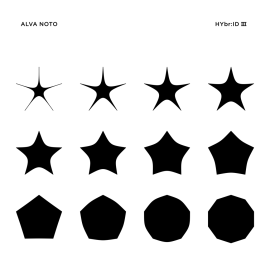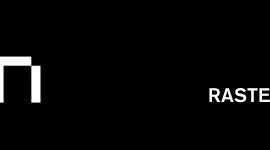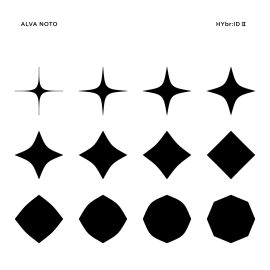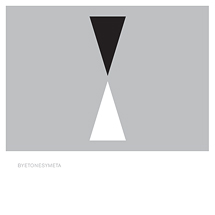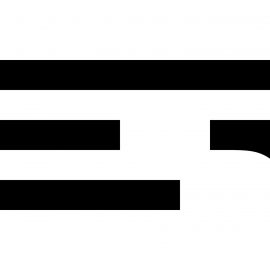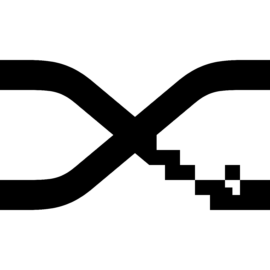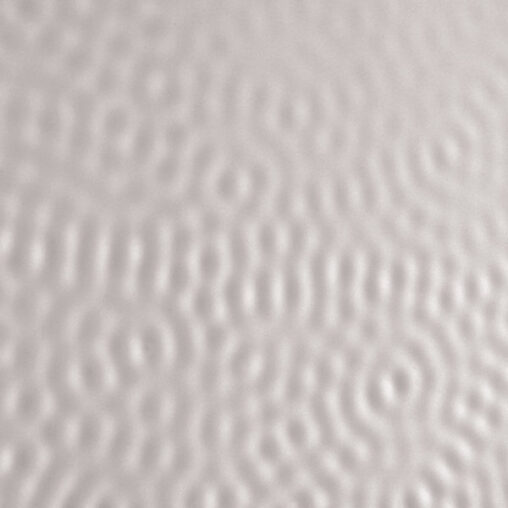
Following a triumphant 2009 and two of the most notable releases of the year, Xerrox Vol. 2 and Utp_ with Ryuichi Sakamoto, Carsten Nicolai, aka Alva Noto, returns with a second instalment of compositions devoted to creative personalities from a number of different fields. Coming four years after the first one, For 2 features compositions dating as far back as 2003, although most are from around 2007.
For 2 confirms that Nicolai’s music has become more and more orchestral in recent years, for lack of a better word, and not as heavily anchored in the glitchy beats of Transform and the Transall series. Although the micro beats, squelches and static continue to be among the defining characters of Noto’s music, there’s more going on all around them than there used to be. Of course, Nicolai has been rubbing up against modern classical music in his collaborations with Ryuichi Sakamoto going back as far as 2002 so this is no sudden revelation. But it feels like there’s more weight to his recent solo output as well. His two Xerrox volumes are a case in point.
So is opening track “Garment (for a garment)“. The sonic identity is intimately familiar – sonar beeps, white noise and minimal glitch. But halfway through, the cellos enter, providing the emotional depth that has often been absent from Nicolai’s sterile soundscapes. It’s a terrific track and simply put, the blend of the electric and organic just sounds great.
Understandably, since For 2 is a compilation of material composed for many different occasions, there’s a lot of variety on offer. There’s the field recording-based “Villa Aurora (for Marta Feuchtwanger)“, with birdsong and aeroplanes flying overhead. The dark and oppressive “Stalker (for Andrei Tarkovsky)” features Russian dialogue, presumably from the film of the same name, and is reminiscent of Kreng’s L’Autopsie Phénoménale De Dieu. On the other end of the spectrum, there’s the bright and luminescent “Sonolumi (for Camera Lucida)” and the rhythmic beeps of “T3 (for Dieter Rams)“. But on the whole, the tone of For 2 is contemplative and atmospheric.
This is a fascinating and rewarding collection and it makes you want to dive in and explore the connection with the people to whom the music is dedicated. I must admit that most of the names are unfamiliar to me, although I know Russian filmmaker Andrei Tarkovsky and have heard of Phil Niblock. But the others drew a blank. So I thought it would be worthwhile to flesh out the context a bit. As Carsten Nicolai said when I interviewed him last year for Headphone Commute (see Two and a Half Questions with Carsten Nicolai):
I think, personally, that it’s not really necessary for the listener to know the full background of the concept… The listener can just enjoy and listen without any preconception… If you want to know more, if you want to have a really detailed view, you can go deeper and you can explore several levels of the piece. It can be enjoyable to be able to see the background of the piece…
So while it’s certainly not essential to know the stories to enjoy the music, it does add an extra dimension. And those familiar with Carsten Nicolai’s music know that “concept” is virtually his middle name. I have therefore added some info on the devotees here below, which may be of interest to those wishing to “go deeper”. It’s well worth the journey.
